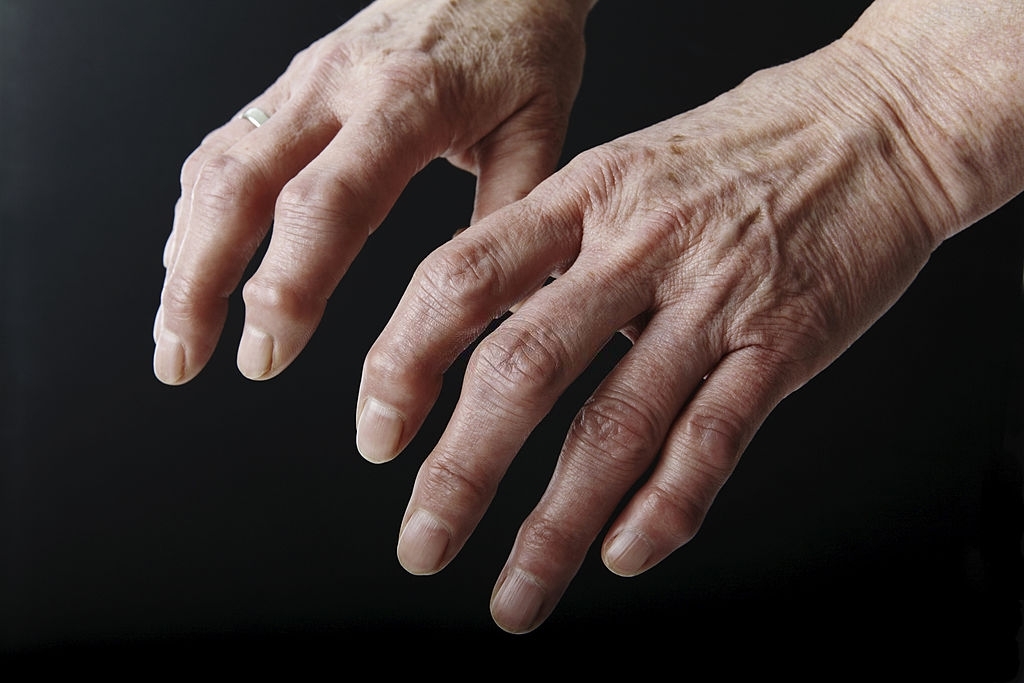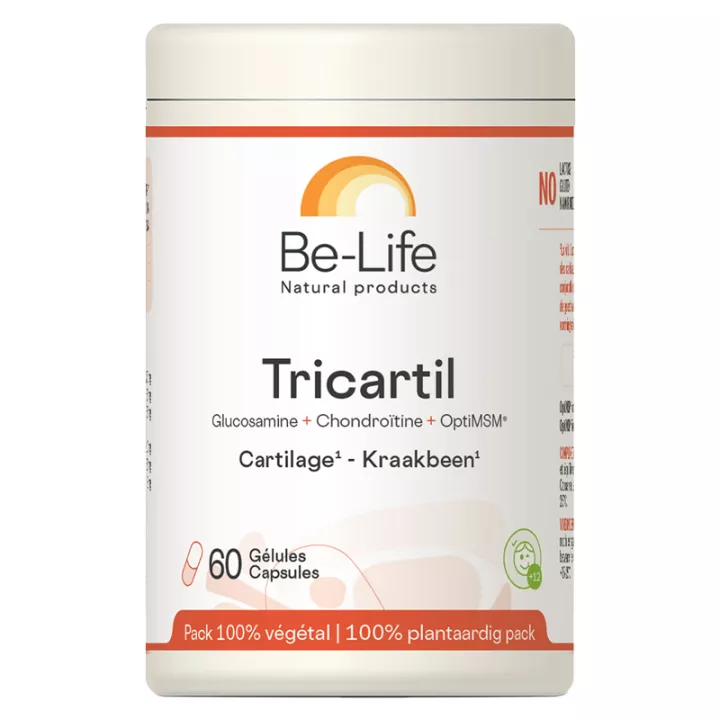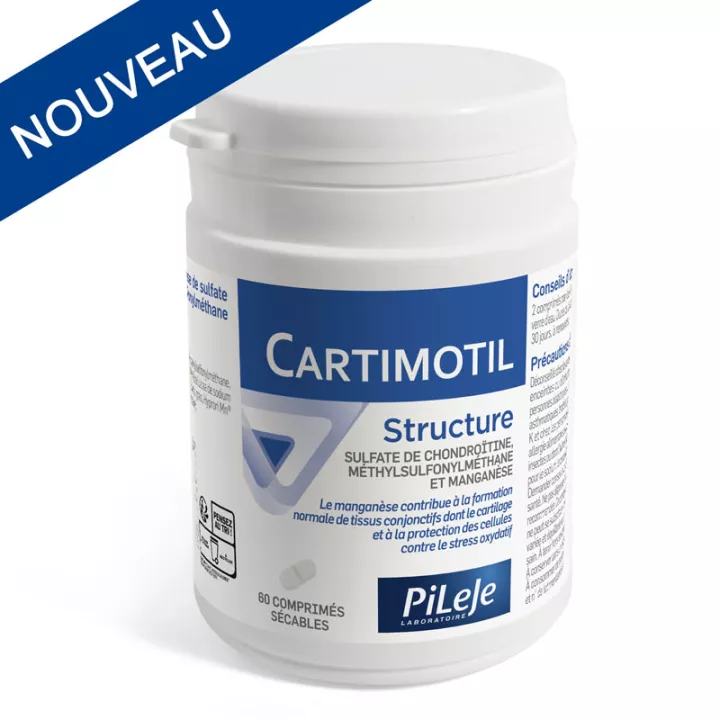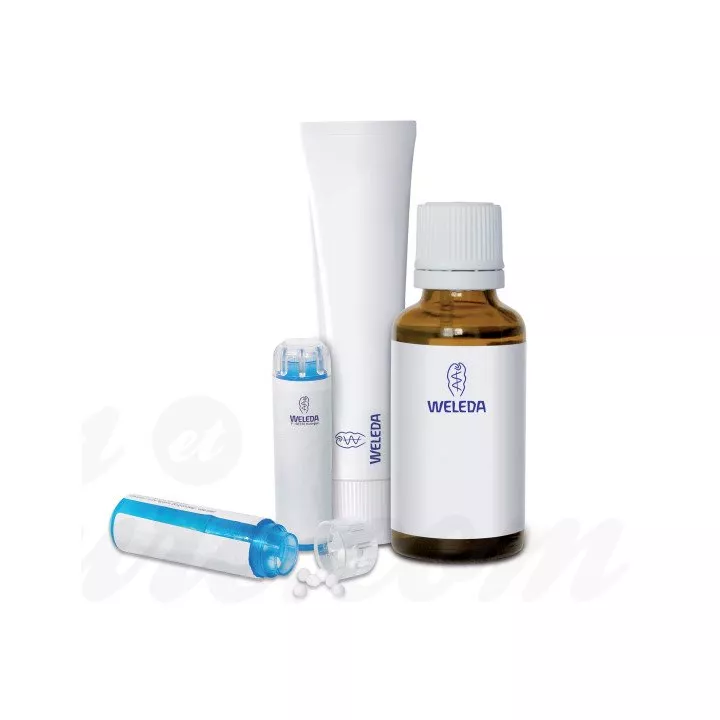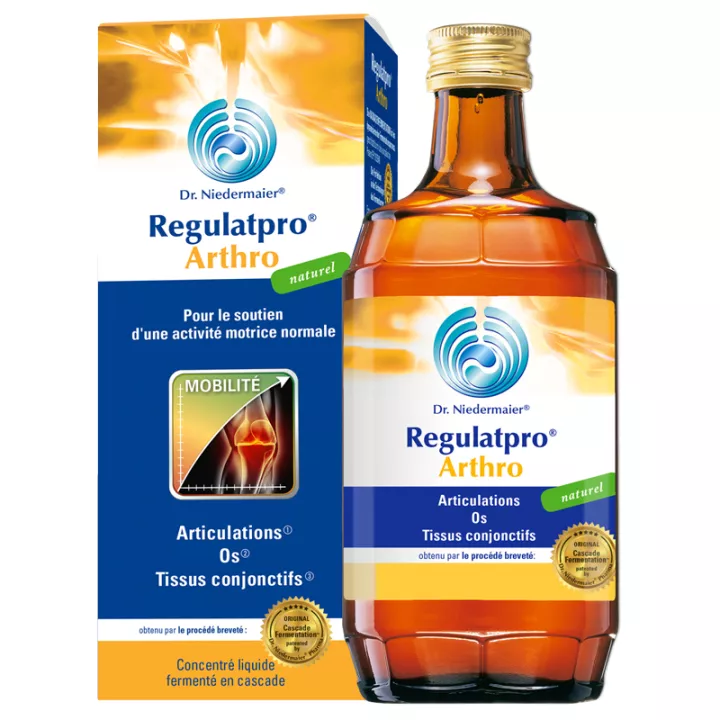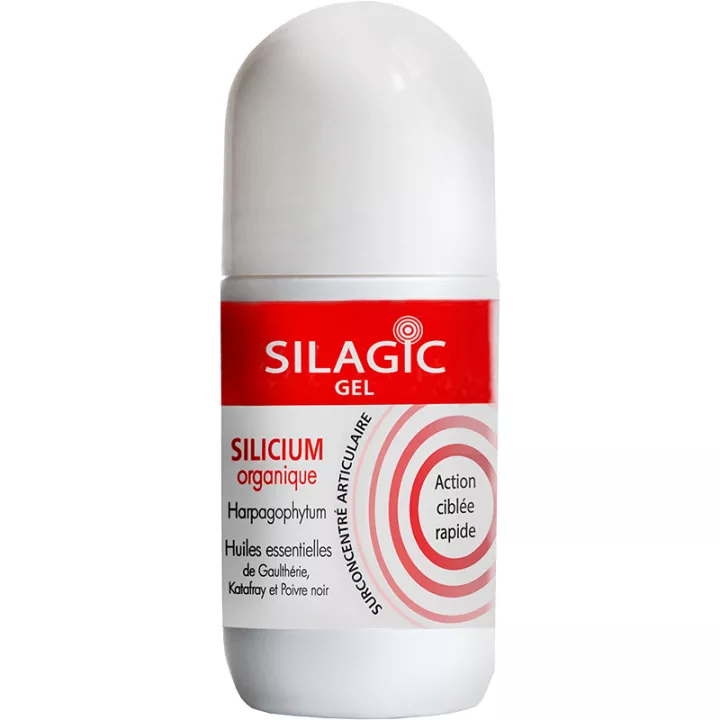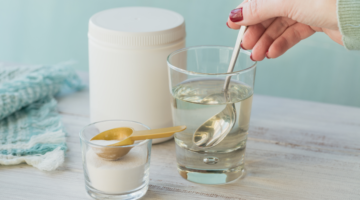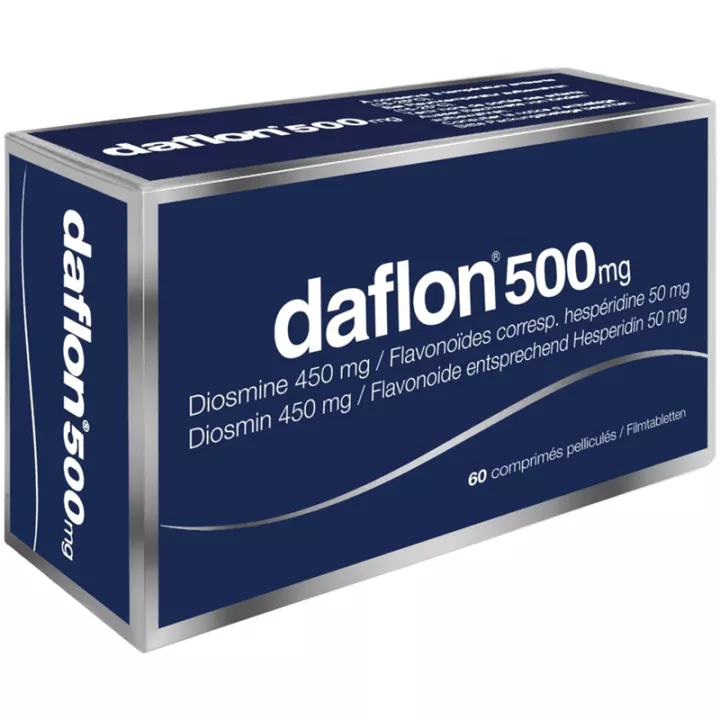What is Be-Life Tricartil Cartilage used for?
When your joints creak or every movement becomes a source of discomfort, it's time to support your cartilage from the inside out. Be-Life Tricartil Cartilage is a powerful synergy of nutrients specially selected to preserve joint suppleness, support cartilage structure and relieve stiffness linked to age or repeated effort. A real ally for your daily mobility.
This supplement combines three key active ingredients well-known in joint micronutrition: glucosamine, chondroitin and MSM (methylsulfonylmethane). These substances, naturally present in the body, are involved in the formation and regeneration of cartilage tissue. In synergy, they help improve joint resistance, while reducing discomfort.
The formula is enriched with vitamin C, essential for the synthesis of collagen, a major structural protein in joints. This vitamin therefore plays an indirect role in maintaining healthy cartilage function. An additional contribution of manganese, a crucial trace element for connective tissue, completes Tricartil's overall protective action.
The product's appeal also lies in its comprehensive approach. It doesn't just provide temporary relief, it works in depth to support the natural functions of cartilage reconstruction. It's an ideal solution for sports enthusiasts, senior citizens or anyone wishing to maintain joint mobility over the long term.
Easy to take on a daily basis, Be-Life Tricartil Cartilage offers an effective, natural response to joint discomfort. It meets the needs of those who wish to remain active, without suffering the discomforts associated with wear and tear or repetitive movements.
This supplement is a natural, targeted and complete solution for maintaining joint health at any age. Thanks to its carefully formulated composition, it offers comfort, mobility and joint support on a daily basis.
We also offer Alvityl Chondro Flex Mobilité Articulaire 3 x 60 tablets, which also supports joint flexibility with a complementary formulation.
How to use this Glucosamine-based dietary supplement?
Directions for use
Take 1 to 2 capsules a day, in the morning with a meal. A course of treatment of at least one month is recommended to observe noticeable effects on joint comfort. Use may be prolonged or repeated several times a year, as required.
Give your opinion on the recommendations for use and dosage of Be-Life Tricartil Cartilage with our partner Avis Vérifiés after your purchase.
Precautions for use
- Do not exceed recommended daily dose
- Keep out of reach of young children
- Store in a dry place, at a temperature between 15°C and 25°C
- Not suitable for people allergic to fish or shellfish
- Not a substitute for a varied, balanced diet or a healthy lifestyle
What is the composition of these capsules to reduce joint discomfort?
Ingredients
Sodium Chondroitin Sulfate (290 mg), D Glucosamine HCl (261 mg), Methylsulfonylmethane OptiMSM (261 mg), Pullulan (+/- 120 mg), L Calcium Ascorbate (61 mg), Manganese Pidolate (3 mg)
Nutritional values
- Vitamin C: 100 mg (125% of NRV)
- Manganese: 1 mg (50% of NRV)
- Chondroitin sulfate: 522 mg
- MSM: 522 mg
- Glucosamine: 512 mg
Available at
A dietary supplement in vegetable capsules, packaged in a 100% vegetable pack. Each box contains 60 capsules, equivalent to approximately one month's supplementation at a rate of 2 capsules per day. Available at the best price from our online pharmacy.
Expert advice
To optimize the benefits of this supplement, a global approach to joint well-being is recommended. Naturopaths often encourage the combination of glucosamine and chondroitin with plants such asharpagophytum, turmeric or boswellia, for natural anti-inflammatory support.
Regular physical activity, adapted to your abilities (such as walking, yoga or gentle swimming), helps maintain joint fluidity. Don't forget your diet either: opt for omega-3s, colorful vegetables rich in antioxidants, and limit pro-inflammatory foods (sugar, ultra-processed products).
Finally, remember to stay well hydrated and take it easy, especially after exercise. Joints, like the rest of the body, need a balance between movement and recovery.
